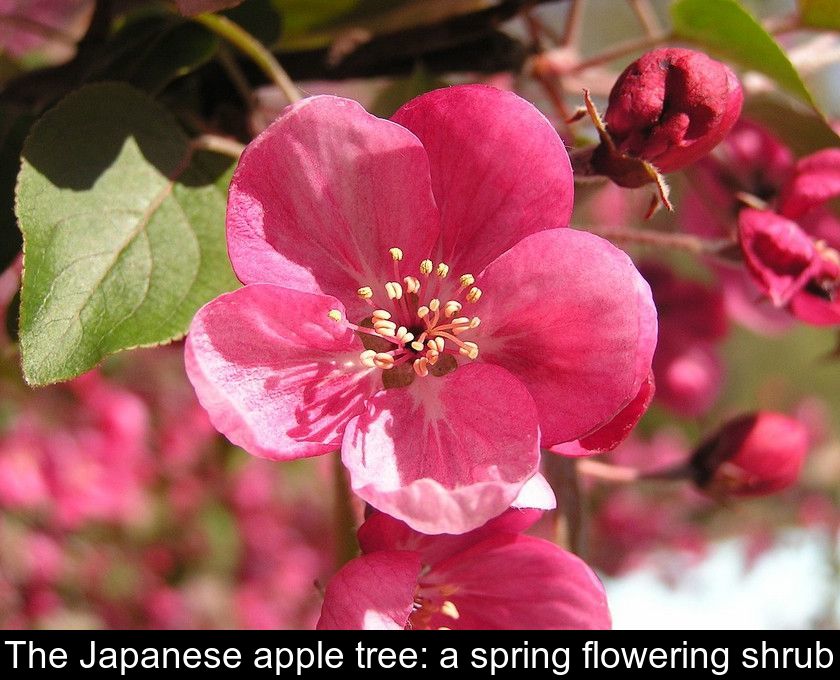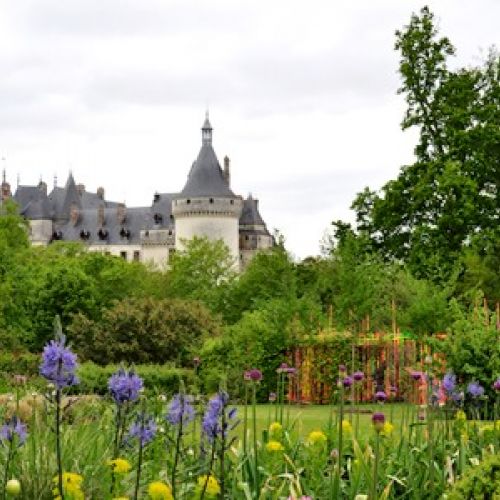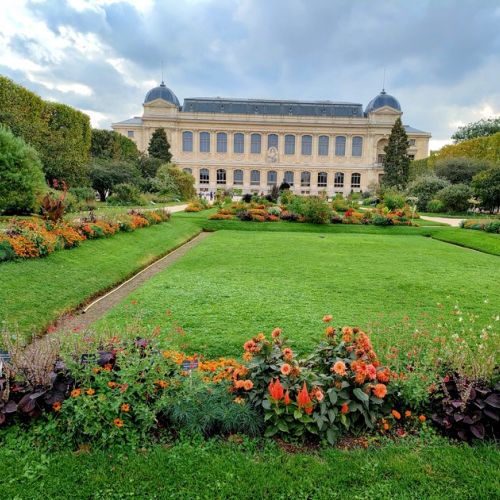The Japanese Apple Tree: A Spring Flowering Shrub
The Japanese apple tree, not to be confused with the Japanese quince tree which also belongs to the Rosaceae family, is a very flowering shrub. Here is everything you need to know to welcome this fairy-tale spring bloomer into your garden.
A shrub grown for its flowers
Despite its name, the Japanese apple tree is not grown for its fruit but for its pink or white spring bloom.
This ornamental tree, whose botanical name is Malus floribunda, belongs to the Rosaceae family.
It should not be confused with a tree in the same family: the Japanese quince tree or Chaenomeles japonica. The latter is a thorny shrub with red or orange flowers.
On the contrary, the ornamental apple tree is a deciduous tree that can reach a height of 2 to 10 meters.
A spectacular spring bloom
Since the Japanese apple tree keeps its size small, it can be planted in a small garden as well as in larger spaces.
To enjoy the enchanting spectacle of its spring bloom, you can place it near the house or in a row along a driveway.
If you have enough space in your garden, you can also create a flowering grove by combining several specimens of Japanese apple trees.
Planting in the fall
The Japanese apple tree thrives in a temperate climate. Easy to live with, it enjoys sun exposure and is content with ordinary soil.
Planting is done preferably in fall to ensure good rooting before winter.
Choose a location in the sun and away from wind that could damage its flower buds.
In practice, dig a hole about 70 cm in diameter and add compost to your garden soil before placing your shrub and filling in the hole by packing the soil.
To finish, form a basin around the foot and water it copiously.
A tree of easy maintenance
The Japanese apple tree has this advantage that it is low maintenance.
After planting, you can protect the foot with leaf mulch to keep the soil cool.
Unlike fruiting apple trees, pruning is not essential. However, you can prune this ornamental apple tree to give it a nice shape.
Simply cut away the dead wood and intersecting branches so that the sun can penetrate the heart of the tree. This modest pruning should be done in late winter, in February or March.
Small acidic fruits
As we said at the beginning of this article, the Japanese apple tree is not cultivated for its apples. Indeed, its fruits are generally acid and bitter.
These small, acidic apples appear on the tree in late August and remain in place until February of the following year.
These fruits must be cooked to be edible. You can either pick them to make jelly that you sweeten with sugar and vanilla or leave them on the tree for the birds.
Indeed, these fruits that remain on the tree throughout the cold season are an interesting food reserve for the birds in winter.
To note: the Japanese apple tree is not self-fertile. This means you must plant two compatible varieties within 80 yards of each other if you want your tree to bear fruit. Ask at the time of purchase at the nursery about which varieties to choose.
If you plant a single apple tree, you will only enjoy its blossoms... Its white or pink flowers are the main interest of this spectacular tree.











